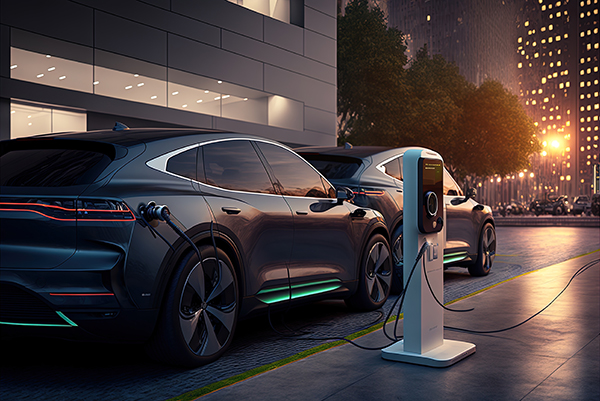
A recent investigation has shed light on a concerning aspect of electric vehicles (EVs), revealing that they might be emitting pollutants into the environment at a staggering rate compared to their fossil fuel counterparts. This revelation comes from a 2022 study conducted by the United Kingdom-based independent global emissions testing and research firm, Emissions Analytics.
According to their findings, during a 1,000-mile journey, EVs could potentially release pollutants into the environment at least 1,850 times more than traditional gas-powered vehicles. The culprit behind this alarming statistic? Tire wear.
While many discussions about vehicle emissions typically focus on exhaust fumes, tire wear plays a significant role in emitting pollutants as well. The synthetic rubber used in tires contains chemicals that are released into the air as the tires wear down. EVs, being heavier than conventional vehicles due to their large lithium batteries, experience more significant tire wear, exacerbating this issue.
This study highlights a critical concern as governments worldwide are increasingly pushing for the adoption of electric vehicles. However, the environmental impact of EVs goes beyond just tire wear. They are heavier, more expensive to produce and purchase, and face challenges in colder climates due to range limitations and long charging times.
Despite these technological deficiencies, countries like Canada and states like California are moving towards banning the sale of new gasoline-powered vehicles by 2035, further accelerating the transition to EVs.
Furthermore, the environmental impact of EVs extends beyond just tire wear. Hesham Rakha, a professor at Virginia Tech, points out that the added weight of EVs also results in increased emissions of microplastics into the air, a problem not limited to EVs but also affecting heavier fossil fuel vehicles like SUVs.
Rakha’s team at Virginia Tech is currently conducting research to confirm the findings of the Emissions Analytics study. Initial indications suggest that EVs emit approximately 20 percent more microplastics into the air compared to gas-powered vehicles.
However, quantifying the exact difference in microplastic emissions between EVs and gas-powered vehicles poses a significant challenge due to the need to differentiate between tire emissions and other sources of microplastics in the air.
Moreover, it’s essential to consider the carbon footprint associated with charging EVs. Charging an EV generates carbon dioxide, and the production and disposal of EV batteries also contribute to environmental concerns.
The implications of these findings extend beyond environmental concerns; particle pollution from EVs can pose significant health risks, including heart disease, asthma, and even cancer. As governments and consumers continue to push for the adoption of EVs, it’s crucial to address these environmental and health implications comprehensively.
RELATED ARTICLES
- UK Warns that China is Preparing for Total Nuclear War with the West
- Jacob Rothschild Dies At Age 87
- UK Government-Funded Study Found Virtually No Dental Benefit From Fluoridation
- UK Elderly Couple Ordered in a Council Letter to Sell Their House as its Needed to House Migrants
- Acid Attacker Arrested in UK after Taking Public Bus full of Passengers as Hostages











